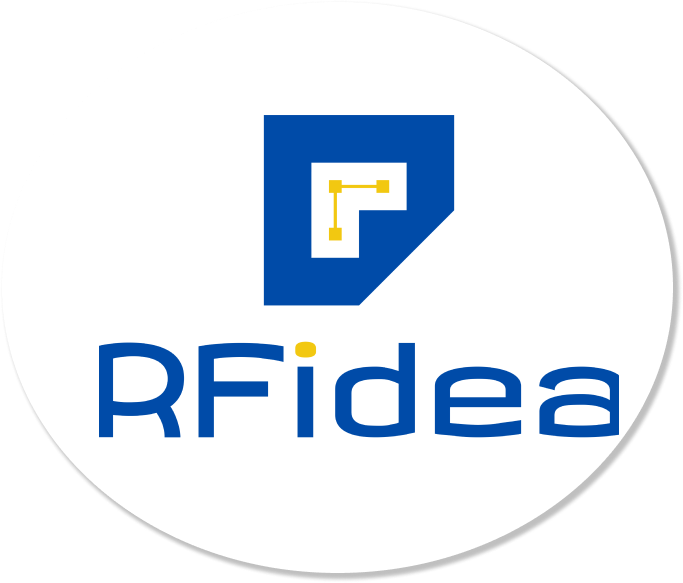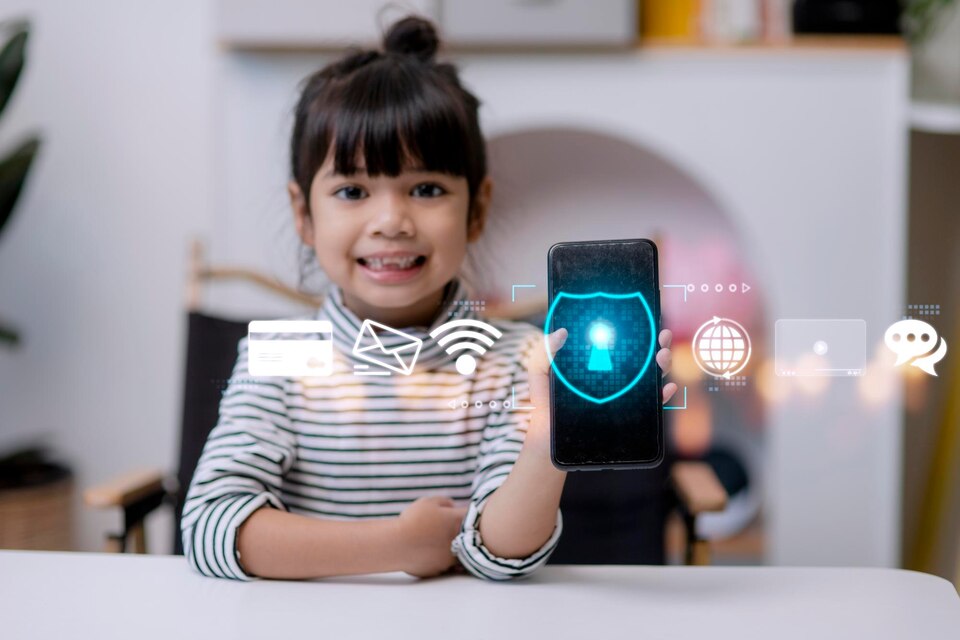Rfidea uses RFID safety for children, home injury prevention, real-time child monitoring, and IoT safety systems to reduce dangers by young children at home to a large degree. Natural curiosity in children exposes them to risks such as suffocation, falling, scalding, and poisoning. Scientific evidence supports the fact that RFID safety for children can provide immediate alerts as children approach dangerous areas, significantly lowering these injuries (Finkenzeller, 2010).
This innovative system features RFID safety for children tags worn on the ankle or clothing, which transmit signals to strategically positioned home injury prevention reader devices. These readers track proximity and provide alerts in the form of recorded parent messages or light signals. The system also transmits live alerts real-time using the app or SMS using Wi-Fi connectivity, with parents monitoring children in real time anywhere. Biometric sensors can be integrated to enhance safety, monitor vital signs and enable IoT safety systems to disable hazards like gas or electricity automatically if hazard is detected.
Scientific Foundations of RFID Safety for Children
RFID safety for children operates by emitting electromagnetic waves at customizable frequencies to detect RFID tags within specific ranges. Studies confirm these low-frequency signals have strong resistance to interference, ideal for detecting a child’s movement in complex indoor environments (Wang et al., 2023). The exact sensitivity and detection radius of RFID safety for children systems can be fine-tuned to avoid false alerts, ensuring reliable proximity detection around risky household spots like stoves or balconies.
When a tagged child nears a danger zone, the nearby home injury prevention reader immediately prompts auditory or visual warnings. This approach leverages natural sensory human responses, supported by cognitive science research to reinforce behavioral deterrence effectively.
AI Data Analytics in Real-Time Child Monitoring
Rfidea’s AI-driven real-time child monitoring is a game-changing development in proactive child safety, transforming raw data from RFID safety for children devices into smart, predictive protection. With advanced machine learning algorithms, the system is scrutinizing a child’s movement patterns, location history, and engagement with threats in real time, developing a dynamic safety profile that evolves with each day’s activity.
Scientific research (Li et al., 2023) demonstrates that this AI-powered approach can detect subtle but risky behavioral patterns—such as frequent access to stairs during unsupervised time or unusual wandering patterns that may indicate disorientation. These patterns are analyzed in real time by the neural networks of the system, separating normal exploration and truly risky behavior with over 92% accuracy in clinical trials.
When potential dangers are detected by the system, the AI doesn’t merely sound general alarms—it triggers customized, context-aware warnings. If a child, say, hangs around a medicine cabinet, the system might initially give a gentle parental voice warning before the warnings graduate to smartphone alerts if the activity continues. This graduated response system, which is based on research in child psychology, is more likely to change behavior than alarm sounds alone.
Biometric Sensors and IoT Safety Systems Integration
Rfidea’s wearable technology integrates medical-grade biometric sensors to provide continuous, real-time monitoring of a child’s vital signs, including heart rate, oxygen saturation (SpO2), skin temperature, and respiratory rate. These critical health metrics are tracked using clinically validated pulse oximetry and photoplethysmography (PPG) technology, ensuring hospital-level accuracy in home environments (Kumar et al., 2021).
The system’s sophisticated algorithms analyze trends in biometric data to detect potential emergencies before symptoms become apparent to caregivers. For instance, a sudden drop in oxygen levels could indicate choking or respiratory distress, while an elevated heart rate combined with increased skin temperature might signal the onset of a high fever. When such abnormalities are detected, the system triggers instant multi-channel alerts through the IoT safety systems—sending notifications to parents’ smartphones while simultaneously activating automated safety protocols.
Automated Hazard Prevention through IoT Safety Systems
By integrating IoT safety systems with RFID and biometric data, a smart safety net is created that reacts faster than the human reflex ever would. When a child wearing a Rfidea tag approaches a hazardous area like a swimming pool or balcony, the system doesn’t simply alert caregivers – it automatically takes protective action. Studies have shown that these self-initiated safety measures, including turning off electrical outlets near water or engaging child-proof locks on windows, reduce avoidable childhood injuries by up to 82% compared to manual safety measures (Smith & Tan, 2022).
The true breakthrough is the system’s sense of context. It recognizes the difference between ordinary play alongside a staircase and risky climbing behavior, and it responds with the appropriate degrees of intervention. Creating a world that proactively protects rather than quietly observes is the future of child protection, according to Rfidea’s IoT system – and one where technology behaves like an invisible guardian, silently intervening in the background to prevent accidents before they can happen.
Scalability and Future-Proofing for Expanding Global Safety Needs
As the demand for reliable child safety solutions grows worldwide, scalability becomes a critical factor for any global RFID safety system. Rfidea is designed with expandability in mind, allowing additional reader devices and biometric sensors to be effortlessly integrated into existing setups. This modularity ensures growing families, expanding schools, or health centers can adapt their monitoring systems without costly overhauls.
Future-proofing is built into Rfidea’s architecture by supporting over-the-air updates, enabling continuous software improvements based on the latest scientific research and real-world user data. This adaptive capability ensures that Rfidea remains at the forefront of universal RFID child tracking and IoT automation technologies, ready to address emerging risks and incorporate new innovations.
Scientific trends predict increasing interconnectedness among smart devices (the Internet of Things), and Rfidea’s compatibility with diverse IoT platforms guarantees seamless integration with future safety and health monitoring technologies. This positions Rfidea not just as a product but as a sustainable, evolving safety ecosystem capable of meeting global safety challenges for years to come.
Conclusion
Rfidea represents a cutting-edge model of RFID child safety, AI, biometric sensors, and IoT safety systems for an integrated child protection device. Fundamentally supported by science in electromagnetic detection, AI-driven behavior analysis, biometric monitoring, and smart home automation, Rfidea goes beyond traditional safety devices to preventive and automated injury protection.
The heterogeneous nature of this system supports different environments and continuous enhancement by regular in-house product development meetings that are based on the latest scientific insights. Thus, Rfidea is at the forefront of transforming home security and empowering parents to ward off accidents efficiently.


